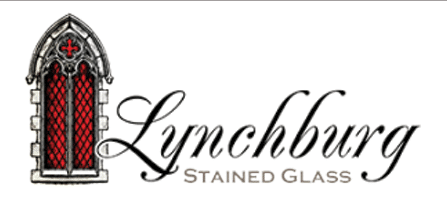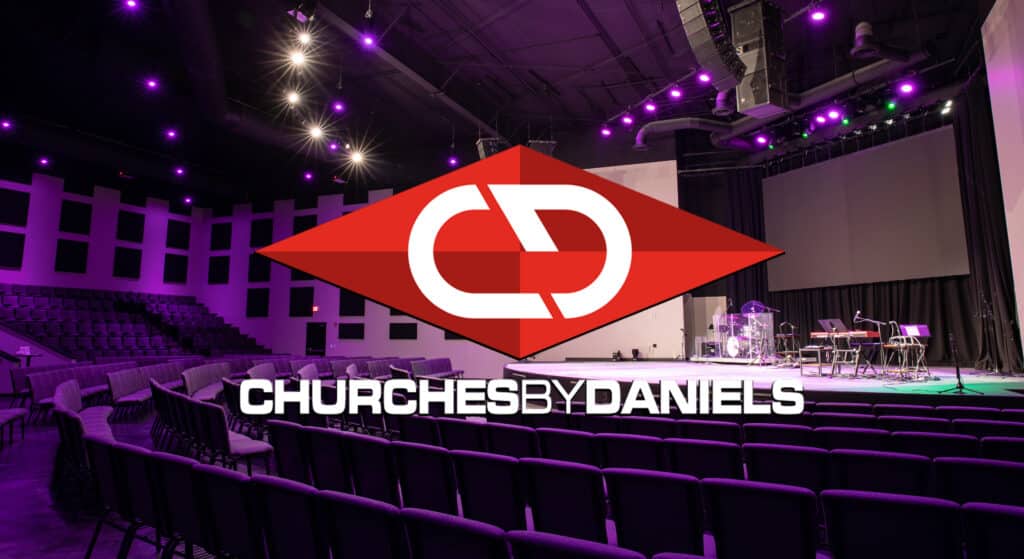By Bruce Brown
Today, many churches are building green, environmentally friendly worship centers and auxiliary buildings. Churches are building green structures for the same reasons commercial and industrial builders— it simply makes sense.
Choosing building products with the smallest possible environmental impact is the primary goal of all green building, including religious facilities.
3 Reasons Churches Are Going Green
Three main influences usually fan the flock’s interest in creating sustainable structures.
1. Environmental-Conscious Congregations
Many parishioners practice eco-friendly habits at home and at work. This is especially true of younger churchgoers. Motivated to make a difference, they support ways to recycle and reduce energy consumption both in principle and in practice. They expect no less dedication from their spiritual home.
2. Stewardship
Most church congregations view environmental responsibility as an extension of their stewardship of creation. They choose to use sustainable building materials wherever feasible, rather than wasting natural resources.
3. Financial Rewards
Building green saves green. Structural systems which incorporate recycled materials, reduce waste, and shrink energy consumption also save money. Long-lasting materials stretch a building’s use — and often increase the value of the church property. Integrating energy-conserving features into religious facilities drops operating costs. Spending less on maintenance and operation means more money for outreach ministries.
3 Tips for Planning Church Buildings
Church building projects can be more complicated than other types of building projects, simply because of the number of people involved in the process.
Diverse expectations and tastes often collide. Finding a consensus sometimes takes the wisdom of Solomon, the patience of Job, and the persistence of Nehemiah.
Following these guidelines will help prepare the church for pursuing a green building project.
1. Think Ahead
Too many religious congregations start with the idea that building a larger facility will automatically increase attendance. Know what size structure you will realistically need. Allow room at the site for future expansions, rather than building an over-sized facility from the start.
2. Define Parameters
Start with a realistic budget. Count the cost. Define the priorities. Develop a vision. Share that vision with the congregation.
3. Begin Early
Church building projects will inevitably take longer and cost more than you estimate. Allow ample time to explore zoning, choose a site, study plans, and consider green building choices. Identify the green building materials and alternatives most critical to incorporate within the design— and within the budget. Compare initial costs of green building options with expected maintenance and operating costs.
Churches Are Building Green With Steel
Steel buildings make excellent eco-friendly church structures. Here a few of the reasons:
- Steel is the most recycled material in the world. It never loses strength— regardless of how many times it is recycled.
- Pre-engineered steel buildings capitalize on the strength of steel. With steel, fewer pieces builder a stronger structure than other building materials.
- Framing created in a quality-controlled factory ships directly to the site, ready to assemble.
- A well-insulated steel church building slashes energy costs. In addition, steel buildings create tighter structures which reduce energy loss.
Simple Ways to Cut Energy Expenses at Your Worship Facility
An energy-efficient church stretches funds. Lower utility bills mean more money in the budget for doing what really matters: helping others.
Begin with an energy audit to evaluate your facility’s current energy expenditures.
- Seal the Envelope: Check to make sure all windows and doors seal tightly. A little caulking and weather-stripping go a long way to eliminate air leaks in the building envelope.
- Seal Leaky Ducts: Check air ducts for leaks. Seal where needed.
- Adjust the Thermostat: In winter, lower the thermostat when the building is unoccupied. In summer, raise the thermostat during vacancy. According to government experts, changing the thermostat by one degree for at least eight hours saves about one percent on the utility bill. Adjusting the thermostat by five degrees or ten degrees should save about five to ten percent. Programmable thermostats make controlling temperature easier.
- Change Filters: Replace air conditioning and heating unit filters monthly for maximum efficiency. Clogged filters reduce airflow, forcing the units to struggle and use more energy.
- Add Ceiling Fans: Ceiling fans use only about 60 watts of electricity. Air conditioners devour 3,500 watts or more. Use ceiling fans only when the room is occupied. Set the fans to circulate air down in summer and up in winter.
- Close Vents: Shut air vents in any seldom-used rooms.
- Lights Out: Always turn off the lights when a room is unoccupied. Encourage church staff and parishioners to do the same. Install occupancy sensors in smaller rooms like offices and classrooms. Reduce outside lighting to a safe minimum.
- Efficient Lighting: Compact florescent light bulbs (CFL) produce the same amount of light as regular bulbs but use much less electricity. CFL bulbs also last up to ten times longer than ordinary inefficient bulbs. Use LED (Light Emitting Diode) lights in all exit signs.
- Dimmer Switches: You need less artificial light in the daytime in a room with windows. Installing dimmer switches allows you to adjust the lighting accordingly, reducing the energy expended.
- Water Heater: Set water heaters between 120 degrees and 130 degrees for maximum efficiency.
- Unplug: Small amounts of energy are lost when appliances and electronics are turned off, but still plugged in. Unplug computers, peripherals, and other office equipment when not in use to reduce energy waste.
- Change Schedules: Combine activities to cut the worship facility’s occupied hours. Reschedule janitorial services from night to daytime to decrease hours of operation and cut energy use.
- Replacing Equipment: When air conditioning, heating, water heaters, dishwashers, fax machines, copiers and other equipment needs replacing, choose high-performance models. Compare the Energy Star ratings to find the most energy-efficient model.
- From the Top: In hot climates, consider exchanging dark colored roofing for a lighter colored roof. Consider highly reflective cool-coated steel roofing. Cool-coated roofing lasts longer — and potentially saves 15 percent on summer energy costs.
Bruce Brown is the chief executive officer of RHINO Steel Building Systems, www.rhinobldg.com.












